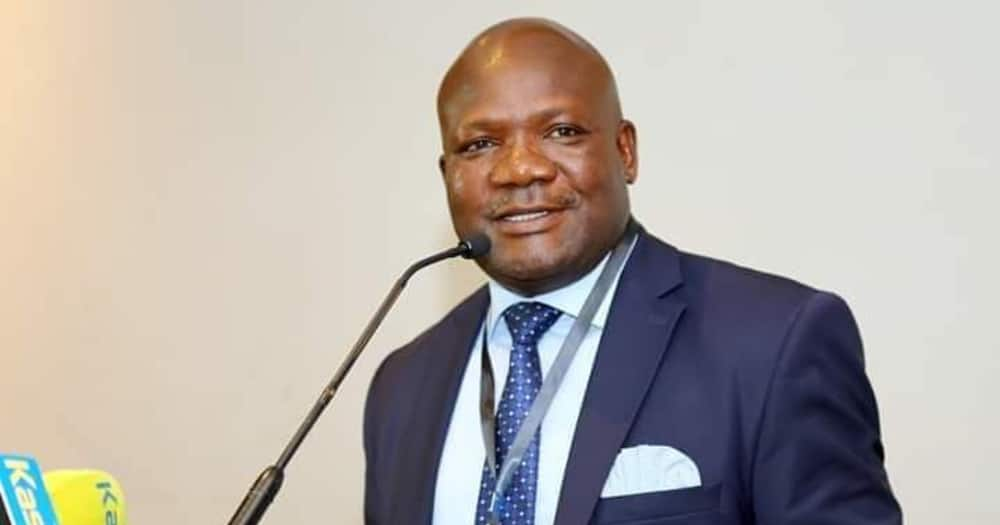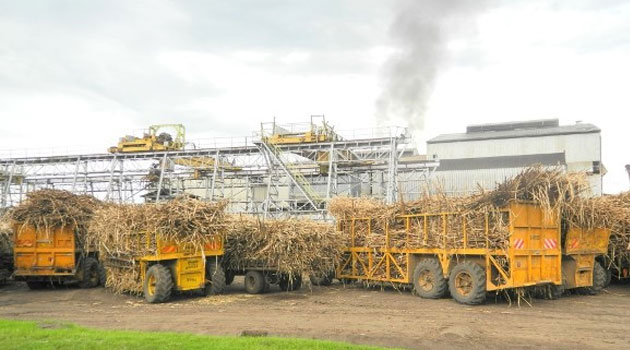State Aims To Turn Fish, Rice Farming Into Major Employers
The government’s development of Kenya’s underexploited fishing industry into the major economic driver it should be will not slacken.
Speaking during a tour of the Lake Basin Region where he launched projects worth Sh700 million to boost aquaculture, the Agriculture Cabinet secretary Peter Munya said the sector’s contribution to the country’s economy cannot be overlooked.
He, however, decried underwhelming exploitation of the resource by Kenya and Africa by extension, a trend, he said, the government is keen to reverse.
“Globally, aquaculture production has increased by 30 per cent every decade for the past 50 years. African production represents a meager 2 per cent of global production, which is dominated by Asia, and Kenya only represents 4 per cent of the African market, which is led by South Africa at 56 per cent,” the CS said at a workshop to endorse the Lake Region Economic Bloc Aquaculture Investment Blueprint.
The Blueprint presents the socioeconomic aspirations of 10 counties; Bungoma, Busia, Homa Bay, Kakamega, Kisii, Kisumu, Migori, Nyamira, Siaya, and Vihiga in the Lake Basin Region one of the most densely populated areas with more than 10 million people or about 25 per cent of the population in Kenya.
The fishing communities in the region have been hit hard by floods and Covid-19 pandemic with some of the projects launched by the CS designed to ease their suffering. Munya also handed over farm machinery to rice producers.
Five projects, funded by the Food and Agriculture Organisation of the United Nations (FAO) and launched in Kisumu on Friday target the youth and women, who bear the brunt of the disruption by adverse weather and loss of employment due to the pandemic.
FAO Country Representative Carla Mucavi said her organisation is opening a Kisumu office to work with the LBREC, adding that fundraising efforts are underway to increase funding to the region to Sh1 billion.
Resolutions from the two-day consultation recommended, among others, that 3 per cent of the Ministry’s annual budget be dedicated to the development of the aquaculture and fisheries sector.
The Bloc also seeks to have revenue collected from fish plowed back to improve infrastructure, the amendment of the Fisheries Management and Development Act (2016), to include operationalisation of cage culture, review and lowering of tax bands on aquaculture inputs.
Eradication of double taxation through harmonisation of the fisheries licensing and revenue collection at the national level, within counties and in the bloc is another of the recommendations in the Blueprint presented by the bloc CEO Abala Wanga.
CS Munya pledged to work with Cabinet colleagues and the Bloc to implement the resolutions. Speaking on behalf of Kisumu Governor Anyang’ Nyong’o, Senator Rose Nyamunga called for urgent investment in the region’s infrastructure, adding; “the Lake Region has the potential to feed the nation if infrastructure challenges are addressed.”.
On food and nutrition security, the Cabinet Secretary reiterated the strategic role the region plays in the production of rice and fish, which are highlighted as key staples in the Government's Big 4 Agenda and are currently being closely monitored by the Food Security War Room.
Speaking in Busagwa Primary School in Budalangi Constituency where he commissioned tractors and other Machinery to Bunyala Irrigation Cooperative Society, the CS said rice, currently the third most important cereal crop after maize and wheat in Kenya, has the potential to create much-needed employment for the youth in the region with the adoption of new technologies and mechanisation in the rice value chain.
With the new equipment, Bunyala Irrigation Cooperative Society will surpass the current rice production on 2,100 acres of land with an annual value of Sh110 million.
“We don’t need to be importing rice”, said the CS, adding that the country’s annual production at 160,600 metric tonnes chronically falls short of national consumption at 1,050,000 metric tonnes. “From these statistics, we have a deficit of close to 986,000 metric tonnes with the deficit being imported from Pakistan and other countries.”
About 80 per cent of rice grown in Kenya is from government established irrigation schemes, with the remaining 20 per cent produced under rain-fed conditions. The Ministry is now implementing sustainable agricultural intensification, mechanisation, expansion, and marketing strategies to bridge this gap, CS Munya said.
“These efforts present numerous opportunities for the youth, and I’m urging young people to take advantage and contribute to the economic development of their counties and the food security of the nation,” he added.
He called upon the private sector to support mechanisation and expansion of rice production in the region by an additional 11,000 acres.
On Saturday, the Munya toured landing sites in Migori’s Sori Beach,12 kilometres from Migingo Island, and North Kadem in Nyatike constituency where he met flood victims scheduled to receive support from a joint programme with the FAO.
The fishermen appealed to him to designate fisheries scouts to protect Lake Victoria’s ecosystem saying lack of enforcement of NEMA pollution regulations threatens their livelihoods as raw sewerage and wastewater continue to be drained into the lake.
Tags: Lake Region Economic Bloc
Related
Share this article
Unregistered Staff and Guest Writers: This account will no longer post articles. We appreciate your past engagement and invite you to stay connected with us!
View articles
